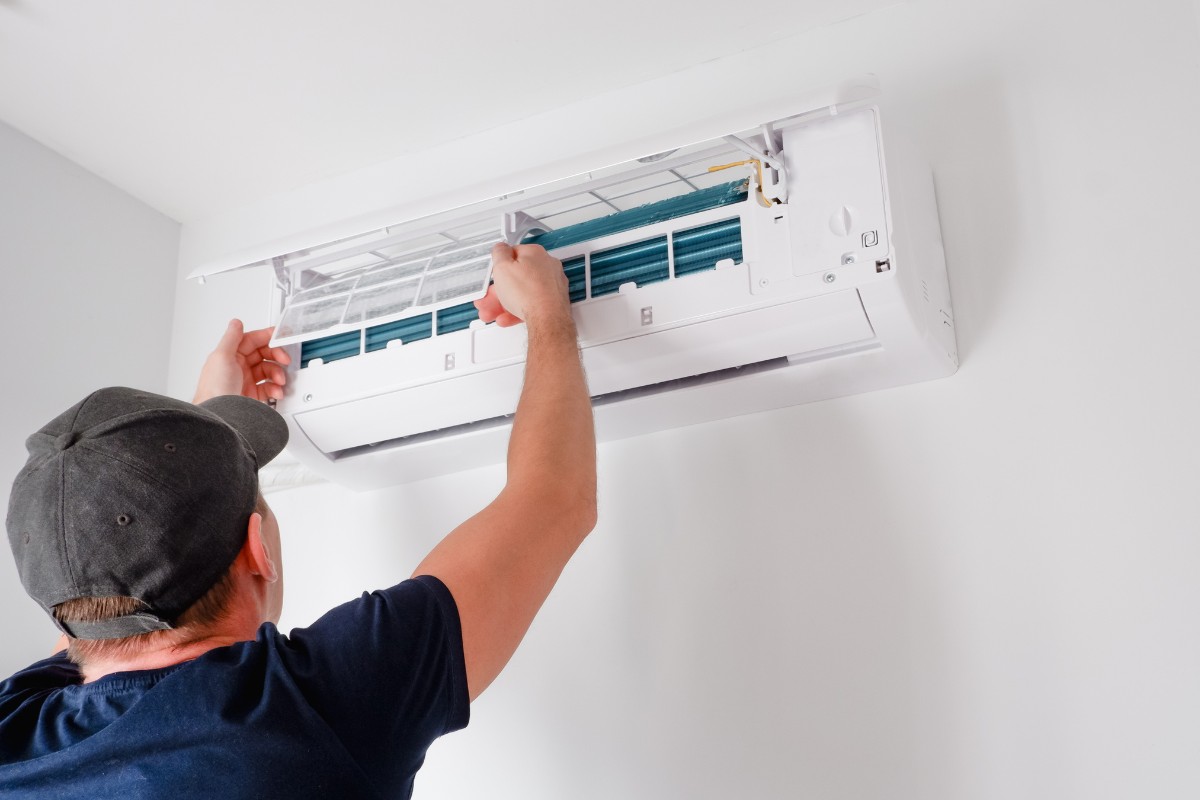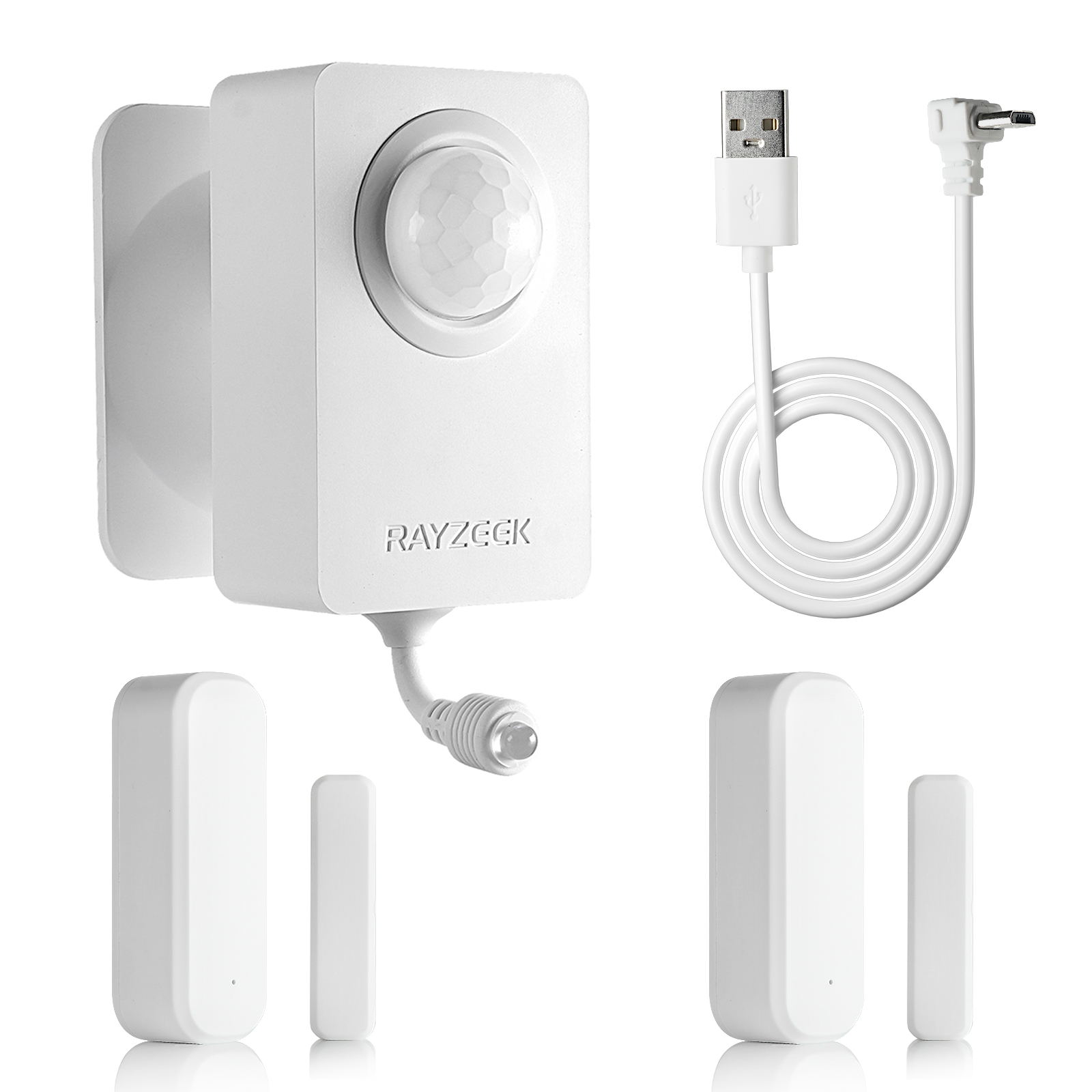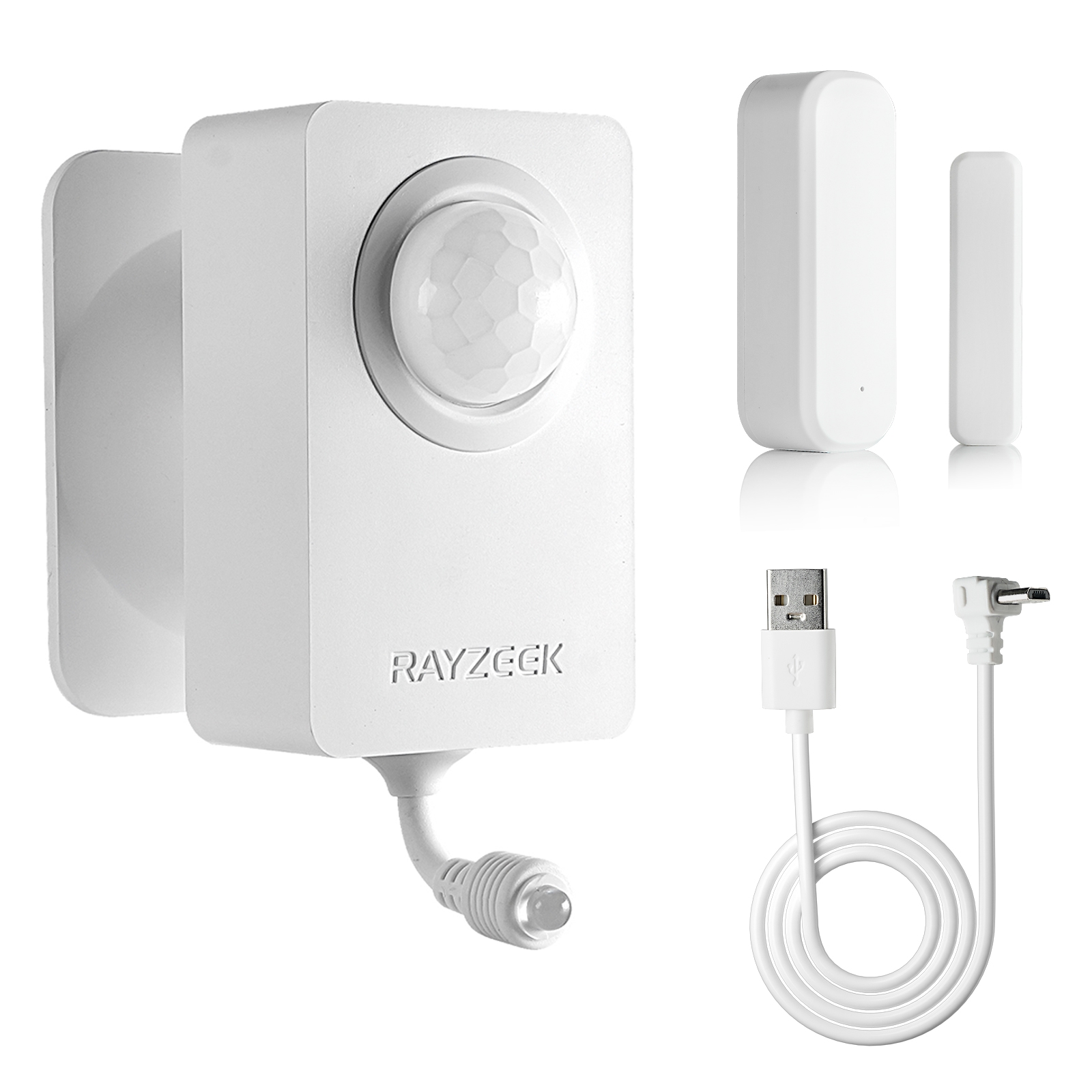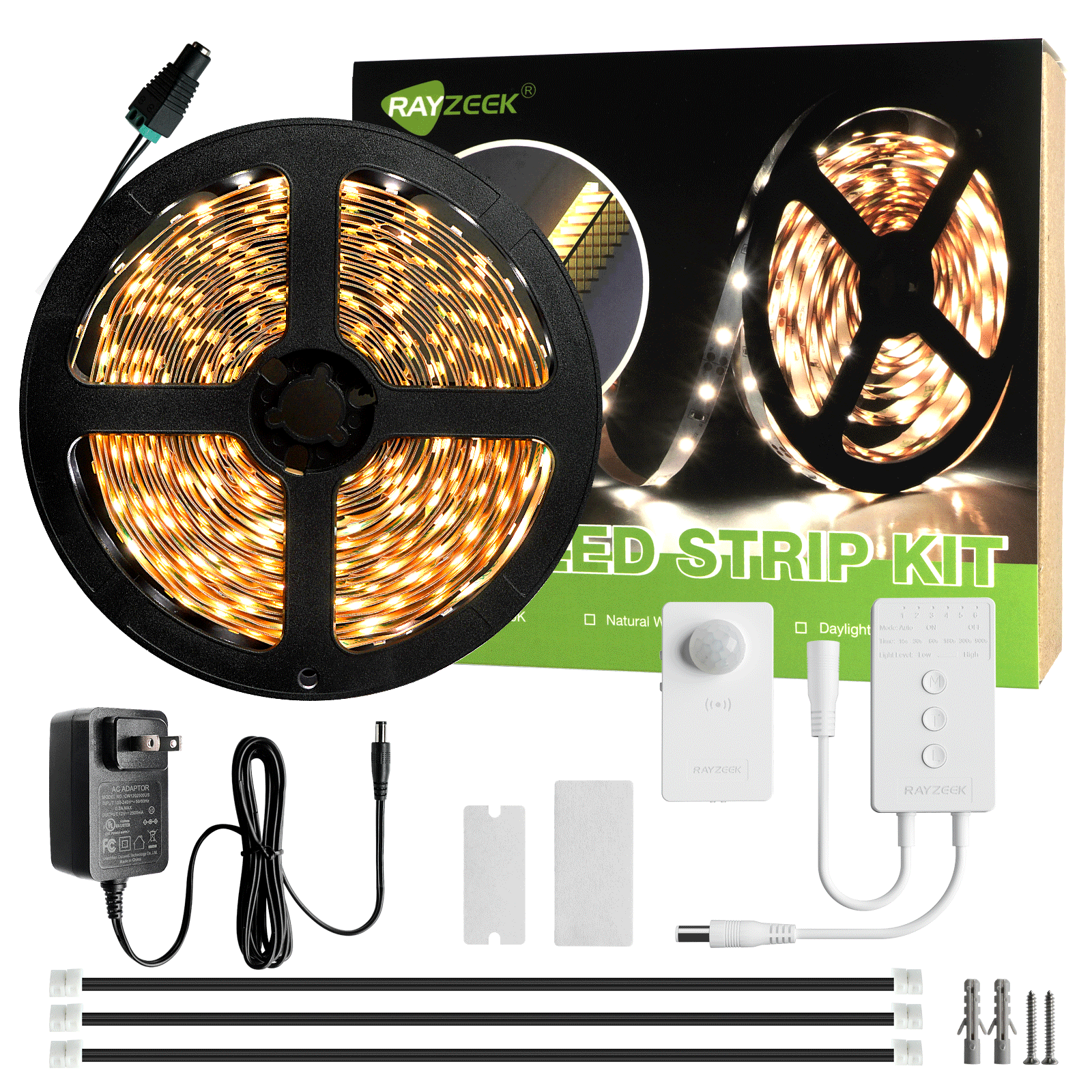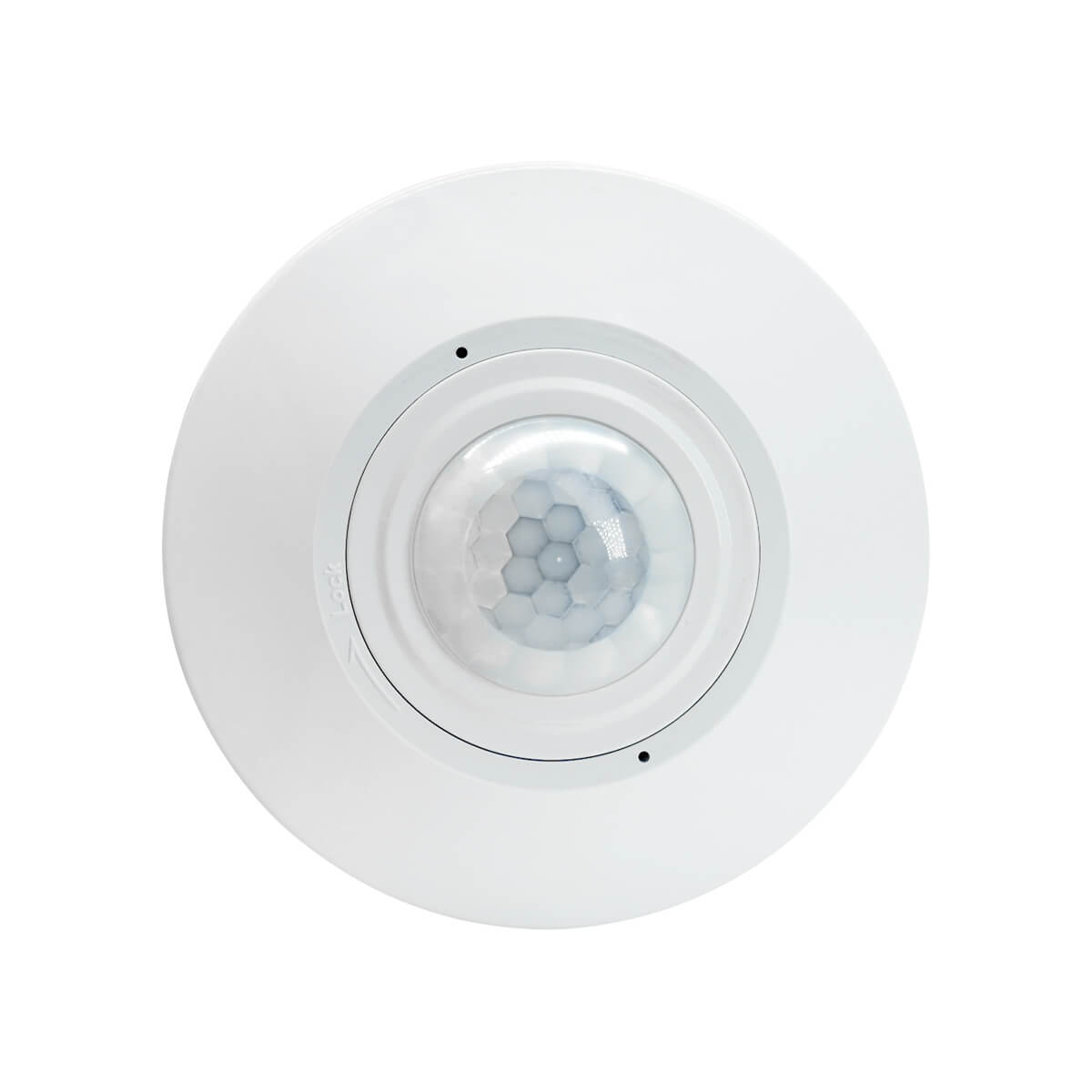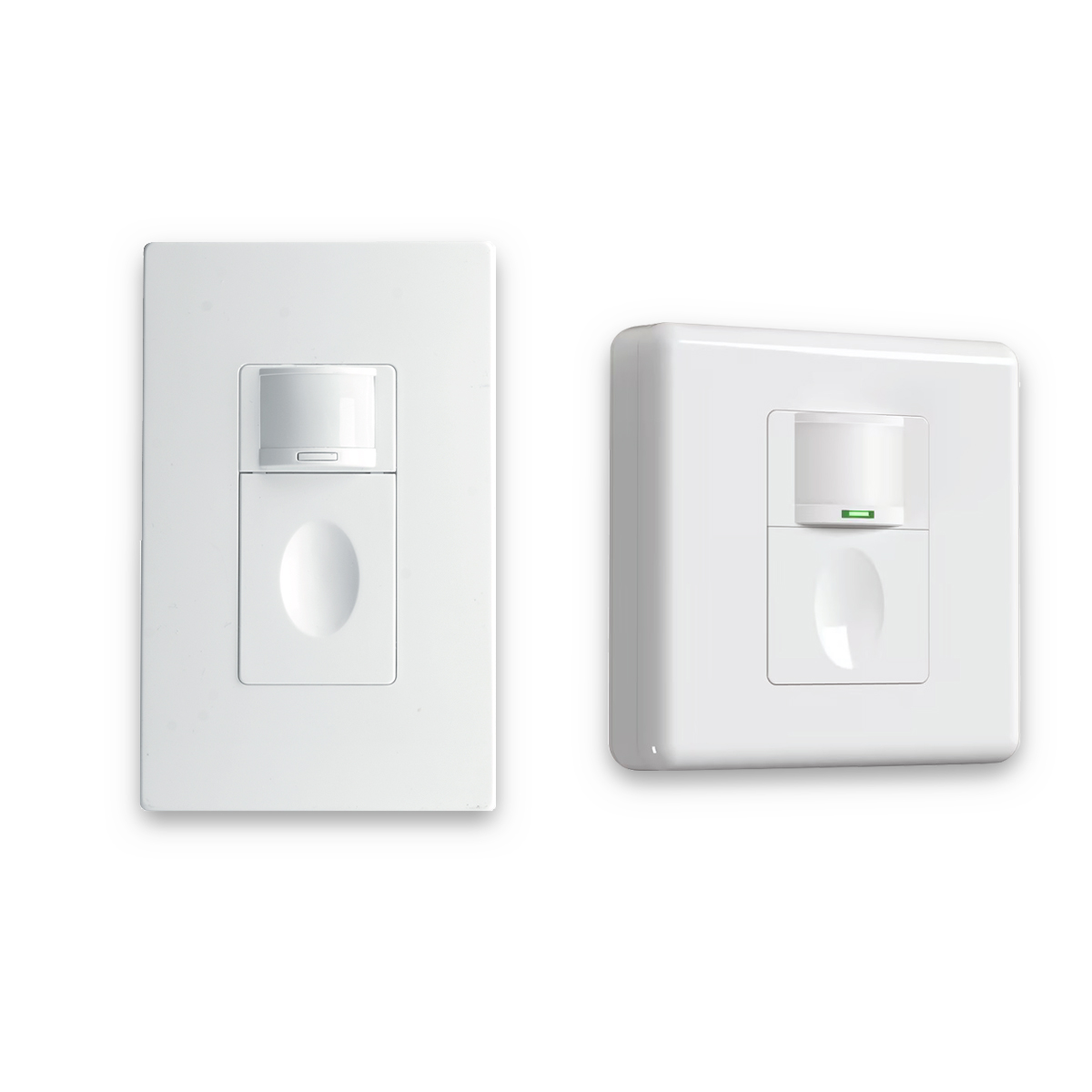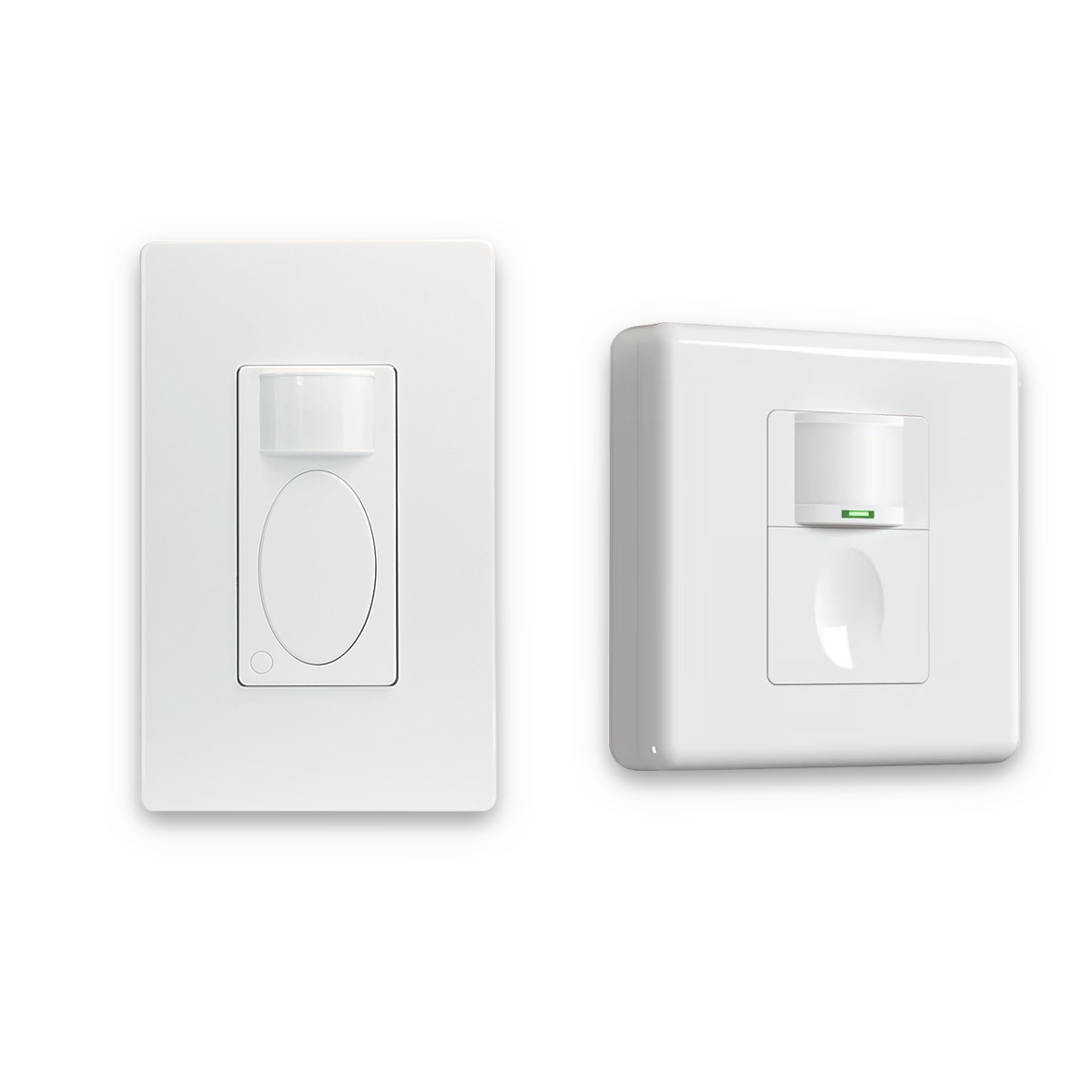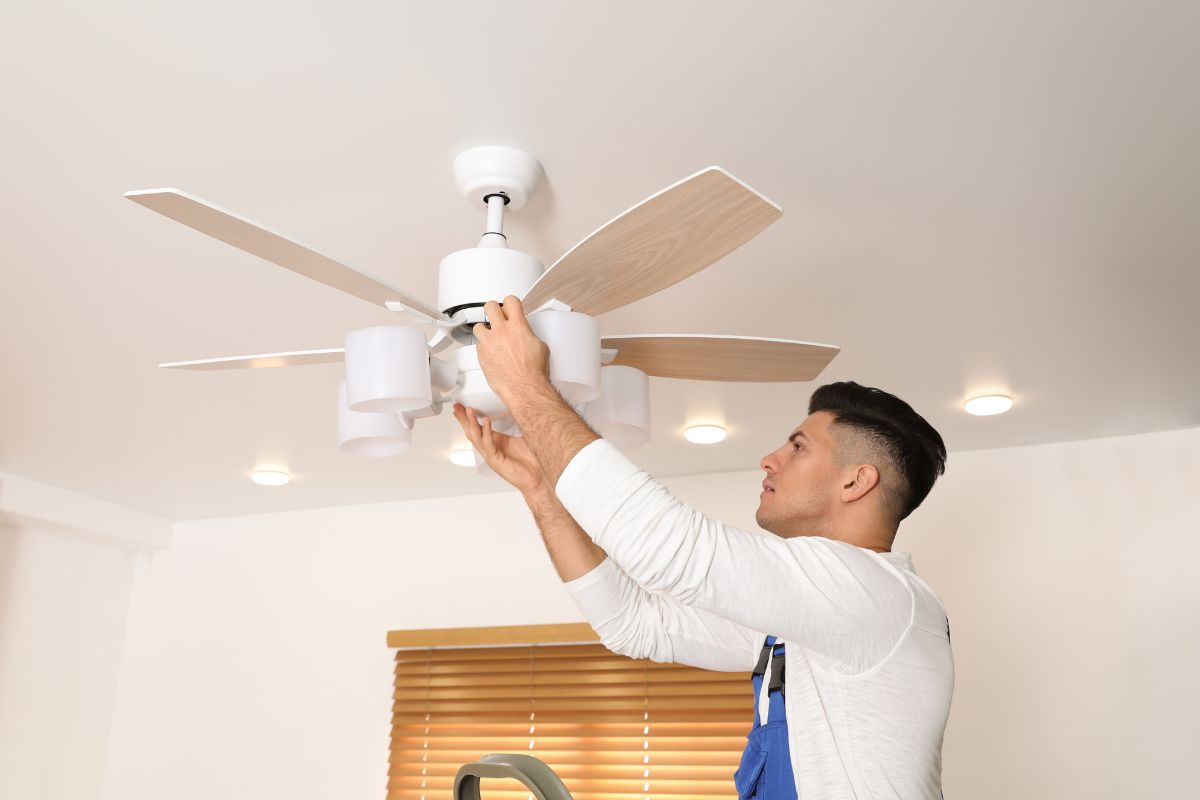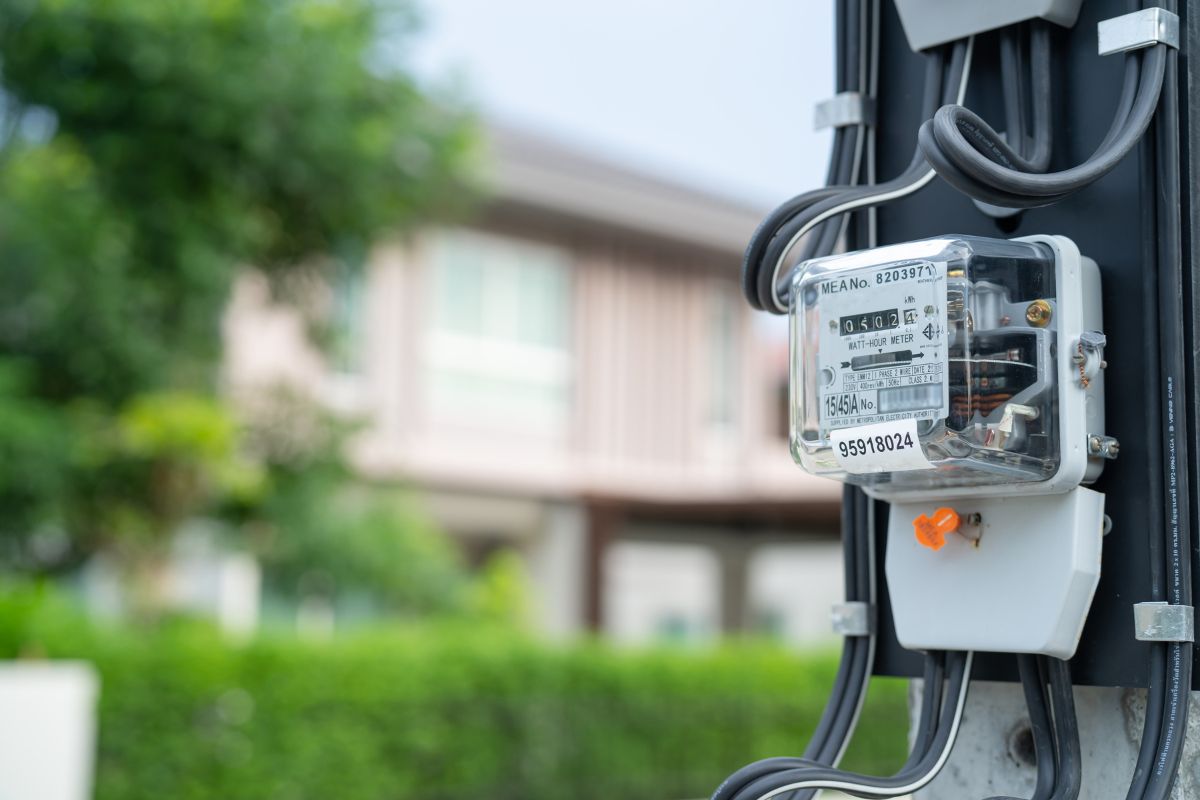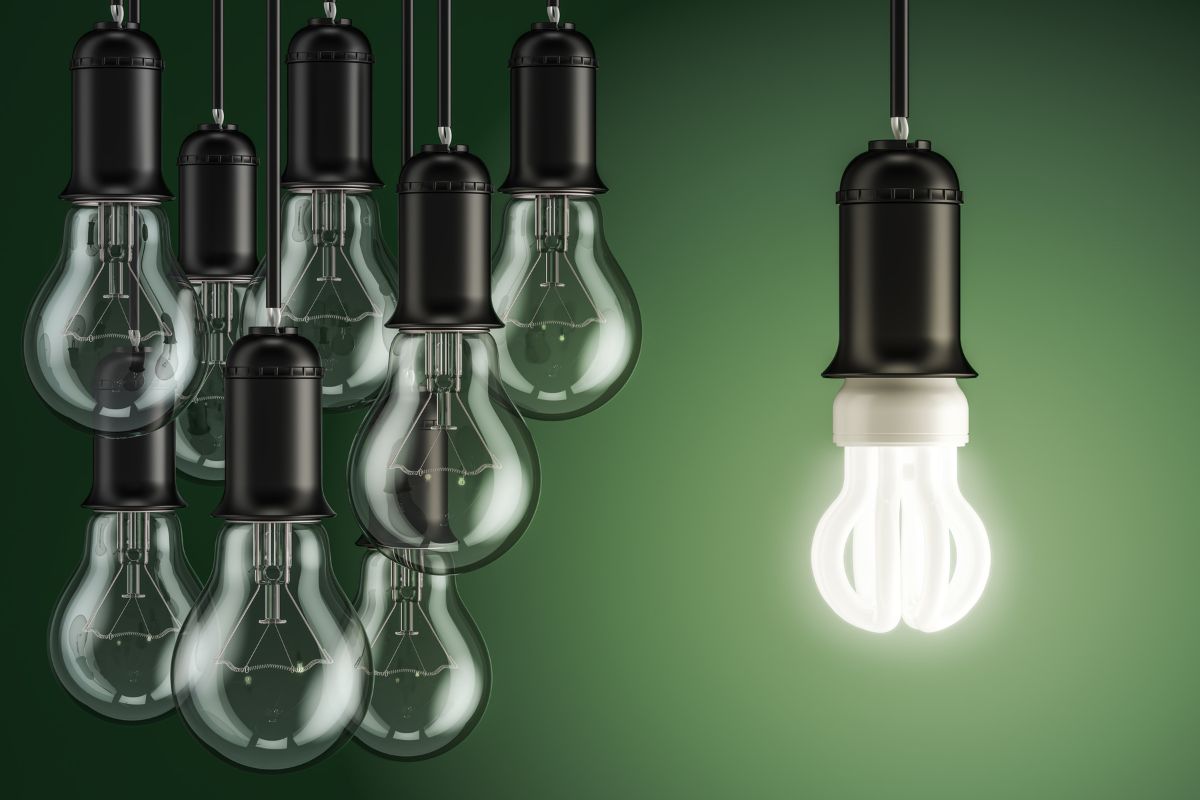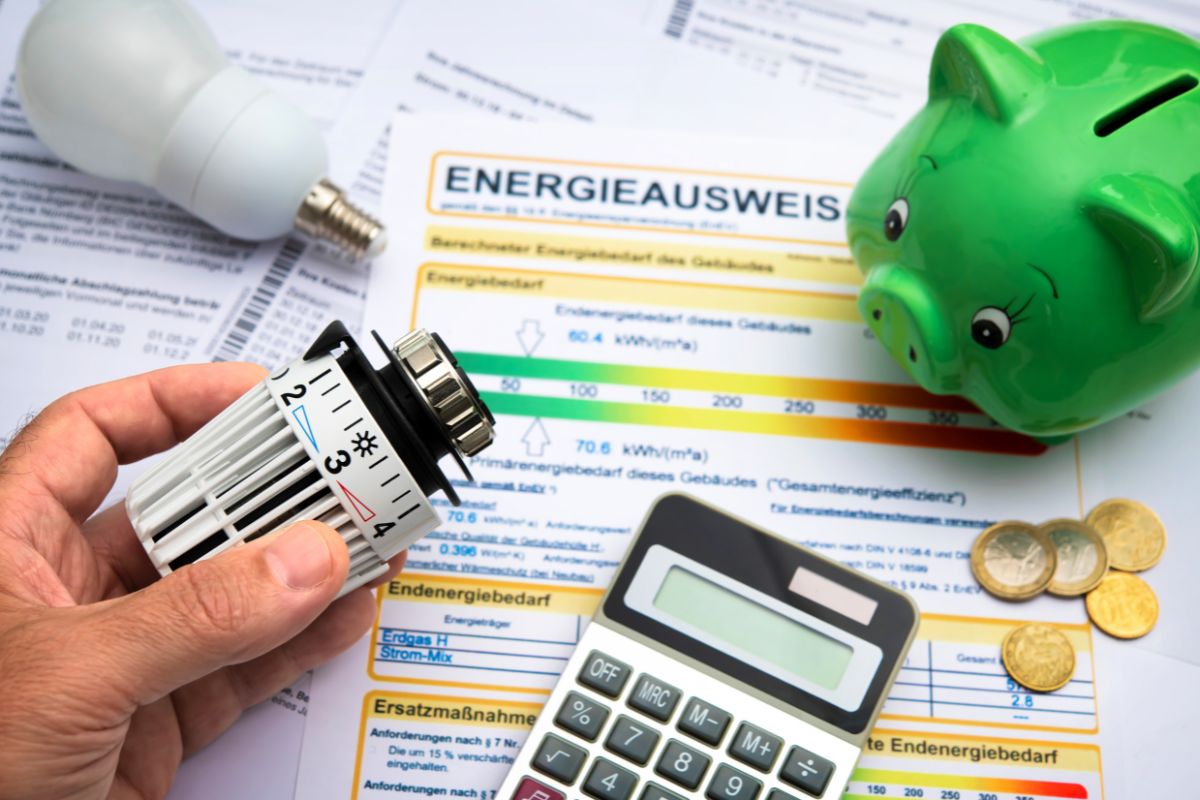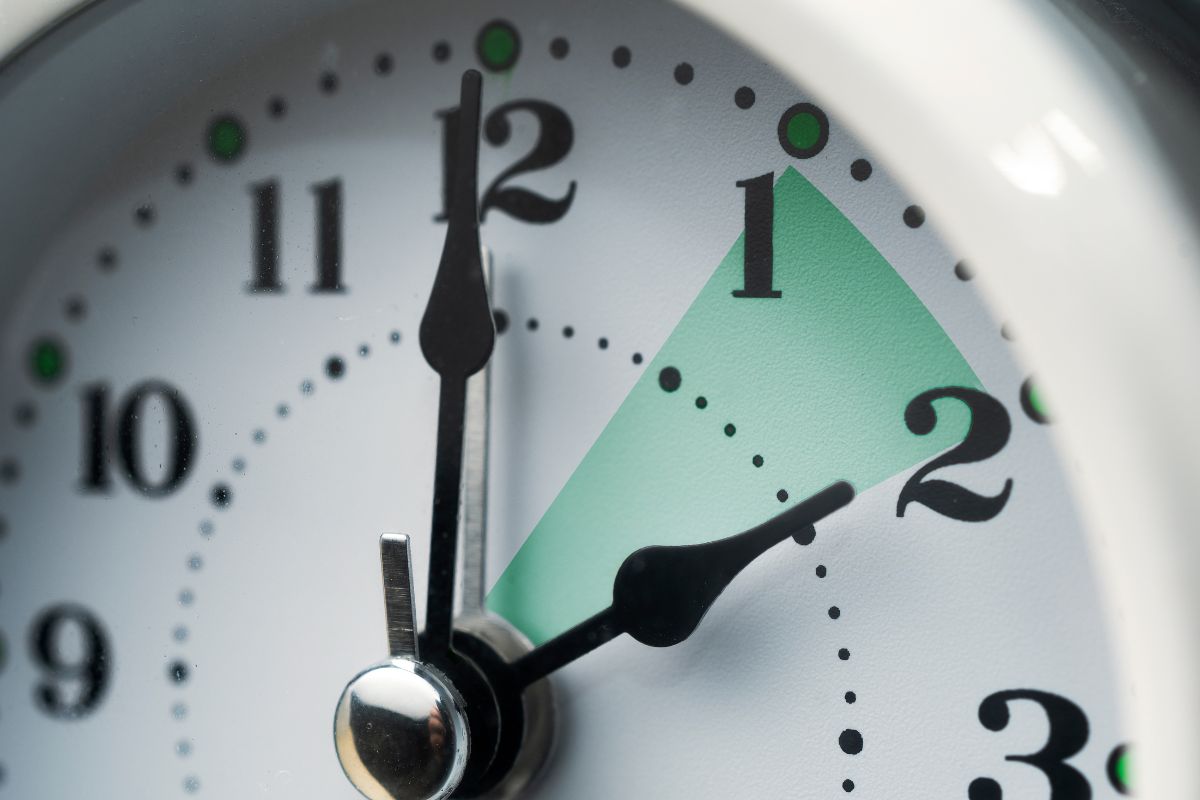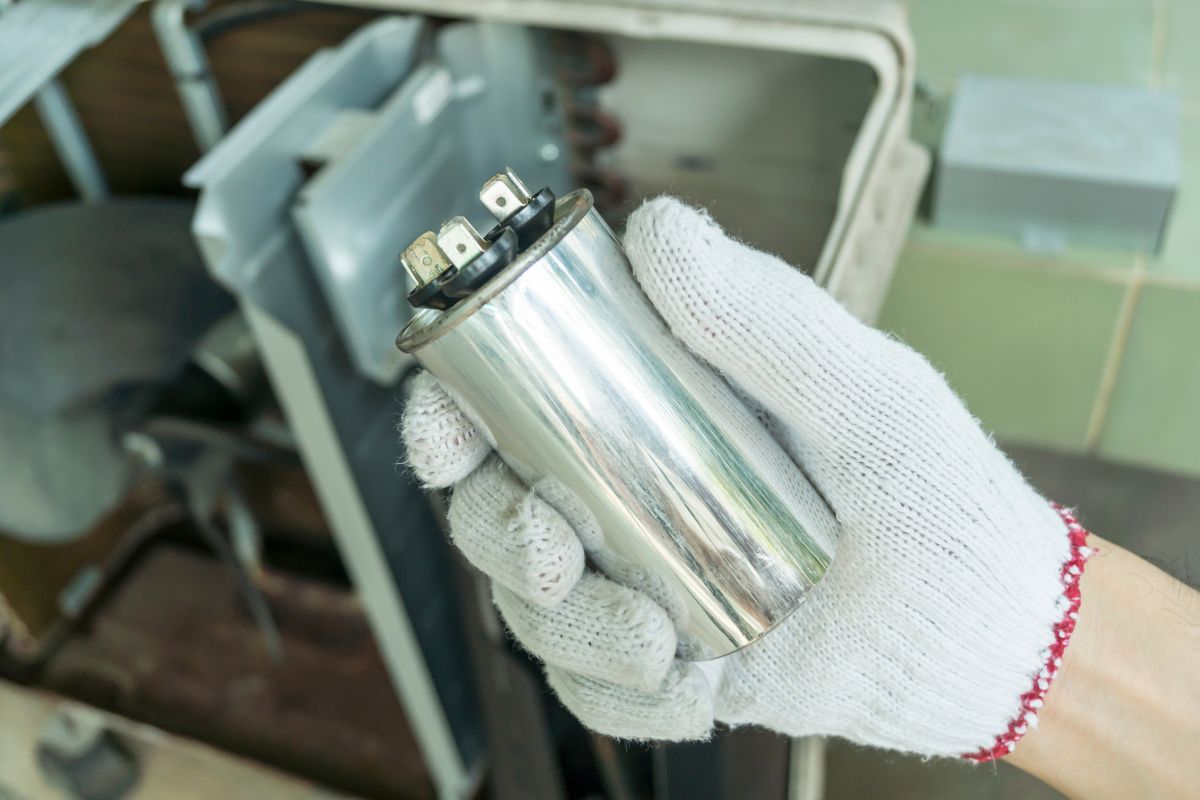私たちは、特に自分の家で、自分たちが呼吸する空気を当たり前のものと思っていることが多い。しかし、その空気を清浄に保ち、HVACシステムを円滑に稼動させている静かな働き者について考えるのをやめたことはありますか?その名もなきヒーローこそ、エアコンのフィルターなのです。この包括的なガイドでは、エアコンフィルターの世界を掘り下げ、なぜ重要なのか、どのように機能するのか、そして最も重要なのはどのように掃除するのかを説明します。実用的なヒントを探している家庭の所有者であれ、空気ろ過の複雑さに興味を持っている熟練研究者であれ、この記事はあなたのために何かを持っています。
エアコンフィルターとは?
エアコンフィルターは、HVAC(暖房、換気、空調)システムの重要なコンポーネントです。家庭内を循環する空気から浮遊粒子を捕捉し、除去するために熱心に働く門番のようなものだと考えてください。通常、繊維状の素材またはプリーツ加工された紙のような物質がフレームに収納されており、これらのフィルターは、ほこり、汚れ、およびその他の破片に対する防御の第一線です。
フィルターの主な機能は、HVACシステムの内部構造を保護することです。エバポレーターコイルやブロワーモーターなどの部品は、ホコリやゴミの蓄積によって簡単に損傷します。これらの粒子を捕捉することで、フィルターはシステムの寿命と効率を保証します。しかし、その役割はそれだけではありません。室内の空気の質を高めるという重要な役割も担っているのです。フィルターは、空気がフィルターメディアを通過する際に粒子を物理的にブロックすることで機能します。この媒体の密度と構造によって捕捉できる粒子の大きさが決まりますが、この概念についてはフィルターの種類を説明する際に詳しく説明します。
エアコンのフィルターを掃除すべき理由
エアコンのフィルターを定期的に掃除したり交換したりすることは、単なる雑用ではなく、健康的で効率的な住まいを維持するために欠かせない習慣です。その主な理由を説明しよう:
エネルギー効率の改善
フィルターの目詰まりは、空気の流れを妨げる障害物のようなものだ。フィルターがホコリやゴミでいっぱいになると、HVACシステムはフィルターを通して空気を押し出すために、より強く働かなければならなくなります。この仕事量の増加は、エネルギー消費量の増加に直結します。すぐにはわからないかもしれませんが、光熱費に反映されます。米国エネルギー省は、フィルターが汚れているとエネルギー消費量が5-15%増加すると指摘しています。一方、きれいなフィルターは、最適な空気の流れを可能にし、システムへの負担を減らし、エネルギー効率を促進します。簡単な変更で、大幅な節約につながります。
しかし、完璧にクリーンなフィルターでも、さらにエネルギーを節約できるとしたらどうだろう? 実は、誰も使っていない部屋でエアコンをつけっぱなしにしておくと、かなりのエネルギーが浪費されてしまうのだ。家を出る前にエアコンを消し忘れたり、使っていない部屋でエアコンをつけっぱなしにしたりすることは、誰にでもあることだ。そこで RZ050 エアコン人感センサー が登場。この革新的なデバイスは、部屋が空になったことを検知すると自動的にエアコンをオフにし、不必要なエネルギー消費を防いで料金を大幅に削減します。定期的なフィルターメンテナンスを補完し、省エネ効果を最大化します。
RZ050 エアコン人感センサー
きれいなフィルターでもエネルギーを無駄にしない。
- 部屋を出ると自動的にエアコンをオフにする。
- ACエネルギー料金を最大50%節約。
- ほとんどのスプリットACユニットと互換性のある、簡単なDIYインストール。
室内空気の質の向上
エアコンのフィルターを家の肺だと想像してみてください。私たちの肺が呼吸する空気をろ過するように、フィルターはホコリ、花粉、ペットのフケ、カビの胞子、その他の空気中の汚染物質を捕らえます。これは、室内の空気の質を良好に保つために非常に重要です。アレルギーや喘息、その他の呼吸器疾患を持つ人にとって、フィルターがきれいかどうかは大きな違いです。逆に、フィルターが汚れていると、これらの汚染物質を家中に再循環させ、呼吸器系の問題を悪化させ、居住空間を健康的でなくしてしまう可能性があります。
HVACシステムの寿命延長
フィルターの目詰まりは、空気の質や光熱費に影響を与えるだけでなく、HVACシステム自体にもダメージを与えます。空気の流れが制限されると、システムがオーバーヒートする可能性があります。これは、気道を塞いだままマラソンをするようなもので、良い考えではありません!時間の経過とともに、このオーバーヒートは、ブロワーモーターやコンプレッサーのような重要な部品の早期摩耗や破損につながる可能性があります。その結果、高額な修理費用が発生したり、最悪の場合、早期のシステム交換が必要になることもあります。定期的なフィルターのメンテナンスは、このオーバーヒートを防ぎ、HVACシステムが健康で長生きすることを保証します。
Rayzeekモーションセンサーのポートフォリオからインスピレーションを得る。
欲しいものが見つからない?ご心配なく。あなたの問題を解決する別の方法はいつでもあります。私たちのポートフォリオがお役に立てるかもしれません。
エアコンのフィルターを掃除しないとどうなるか?
エアコンのフィルターをおろそかにすると、悪影響の連鎖につながります:
- 冷却効率の低下: 家が以前ほど効果的に冷えていないことに気づくかもしれないし、家中の温度にばらつきがあるかもしれない。
- エネルギー料金の上昇: 風量の減少を補うためにシステムがよりハードに働くため、エネルギー消費量が増加し、光熱費が高くなります。
- 室内空気の質の悪さ: 家の中の空気がこもったように感じ、あなたやあなたの家族がアレルギーや喘息の症状を強めるかもしれません。
- システムの損傷: オーバーヒートは、HVACシステムのコンポーネントに大きなダメージを与え、高額な修理費用やシステムの故障につながる可能性もあります。
- エバポレーターコイルの凍結: ひどい場合には、エアフローが制限されることでエバポレーターコイルが凍結し、システムの完全なシャットダウンにつながることもあります。
- ブロワーモーターのひずみ: ブロワーモーターは空気を循環させるためにより強く働かなければならなくなり、早期故障につながる可能性がある。
エアコンフィルターの種類
エアコンフィルターの種類を理解することは、ニーズに合ったものを選び、適切なメンテナンス方法を知る上で非常に重要である。ここで把握すべき重要な概念は 最低効率報告値(MERV).この尺度は1から20まであり、粒子を捕捉するフィルターの能力を評価します。MERVの評価が高いほど濾過効率が高く、より小さな粒子を捕らえることができます。一般的なタイプを探ってみよう:
ガラス繊維フィルターMERVの評価と制限を理解する
これらは、最も基本的で予算に合ったフィルターです。一般的にMERVは1~4で、紡績されたガラス繊維でできています。大きなゴミからHVACシステムを守るには十分ですが、室内の空気の質を改善するには不十分です。花粉やホコリのような小さな粒子のろ過は最小限です。グラスファイバーフィルターを選ぶ場合は、通常30日ごとに頻繁に交換する必要があります。
制限: 濾過効率が低いため、アレルギーや呼吸器に不安のある人には不向きだ。
プリーツフィルター効率とエアフローのバランス
プリーツフィルターは、グラスファイバー製より一段上のフィルターです。プリーツ加工された布や紙のような素材でできており、粒子を捕捉する表面積が大きくなっています。MERV値は通常5~13で、ホコリや花粉、カビの胞子など、より小さな粒子を効果的に捕集します。グラスファイバーフィルターに比べ、ろ過効率とエアフローのバランスがとれています。使用状況や環境条件にもよりますが、3~6ヶ月ごとに交換する必要があります。
プリーツ密度を高くすると、ろ過効率が上がることは注目に値します。しかし、プリーツ密度を高くすると通気抵抗が大きくなり、送風モーターに余計な負担がかかる可能性があります。微妙なバランスです。
洗えるフィルター:長期的なコスト削減とメンテナンス
その名が示すように、これらのフィルターは洗って再利用できるように設計されている。金属メッシュや合成繊維のような耐久性のある素材でできており、通常MERV値は1~8です。使い捨てフィルターに代わる費用対効果の高いフィルターで、適切なメンテナンスを行えば、数年間使用できる可能性があります。ただし、定期的な洗浄が必要で、通常は1~3ヶ月に1回です。
洗浄方法の効果はさまざまです。掃除機で表面のゴミを取り除く一方、水と中性洗剤で洗浄すれば、より深く埋め込まれた粒子を取り除くことができる。しかし、洗浄を繰り返すとフィルター媒体が劣化し、時間の経過とともに効率が低下する可能性があることを考慮することが重要である。費用対効果の分析では、洗浄にかかる時間的投資と、ろ過効率の低下の可能性を考慮する必要があります。
HEPAフィルター:アレルギー患者のための優れたろ過性能
HEPA(高効率微粒子空気)フィルターは、空気ろ過のゴールドスタンダードです。0.3ミクロンの粒子(信じられないほど小さい!)を99.97%以上除去するよう設計され、MERV値17~20を誇ります。細菌やウイルスを含む最も小さな粒子も捕捉し、最高レベルのろ過を提供します。病院やクリーンルームで使用されることが多いが、住宅用HVACシステムにも使用できる。重度のアレルギーや喘息を持つ人にとって、HEPAフィルターは室内の空気の質を大幅に改善することができる。
制限: エアフローを大幅に制限する可能性があり、すべてのHVACシステムに適合するとは限らない。専門家による設置が必要な場合が多く、エネルギー消費を増加させる可能性がある。
静電フィルター:パーティクルの吸着と捕獲の仕組み
これらのフィルターは、静電気という魅力的な原理を利用して、空気中の粒子を引き寄せて捕集します。使い捨てタイプと洗浄可能タイプがあり、通常MERV値は4~10である。フィルター・メディアは静電気を帯び、粒子を付着させます。風船を髪にこすりつけると壁にくっつくのと同じです。
エアコンのフィルターはどのくらいの頻度で掃除するべきか?
フィルターの掃除や交換の頻度は、一概に決められるものではありません。フィルターの種類、HVACシステムの使用頻度、ご家庭の環境条件など、いくつかの要因によって異なります。
多分、あなたは興味がある
一般的な推薦:
- グラスファイバー製フィルター: 30日ごとに交換する。
- プリーツフィルター: 3~6カ月ごとに交換する。
- 洗えるフィルター: 1~3ヶ月に1度清掃する。
- HEPAフィルター: 12~18カ月ごとに交換する(またはメーカーが推奨する交換時期)。
清掃頻度に影響する要因:
- ペットの飼育 家に毛深い友人がいる場合、彼らのフケはフィルターをより早く詰まらせる可能性があり、より頻繁な掃除や交換が必要になる。
- アレルギーまたは喘息: アレルギーや喘息をお持ちの方は、室内の空気の質を最適に保ち、症状を最小限に抑えるために、フィルターの掃除や交換を頻繁に行う必要があるかもしれません。
- 地域環境: ホコリや花粉、公害の多い地域にお住まいですか?もしそうなら、より頻繁なフィルターメンテナンスが必要になるでしょう。
- HVACシステムの使用: ACシステムを使用すればするほど、フィルターに粒子が早く蓄積され、より頻繁な掃除や交換が必要になります。
お住まいの地域や環境要因を考慮してください。例えば、特定の季節に花粉の飛散量が多い地域にお住まいの場合、その時期はフィルターの清掃頻度が高くなるかもしれません。それぞれの状況に合わせることが大切なのです。
再利用可能なエアコン・フィルターの清掃方法
再利用可能なエアコンフィルターの掃除は、お金を節約し、廃棄物を減らすことができる簡単なプロセスです。ステップ・バイ・ステップのガイドをご覧ください:
1.物資の収集
始める前に、以下のものを集める:
- ホースアタッチメント付き掃除機
- シンクまたはバスタブ
- 中性洗剤(お好みで)
- 柔らかいブラシ(オプション)
- バケット(オプション)
- 手袋(オプション)
2.フィルターの位置
エアフィルターの位置は、お使いのHVACシステムのタイプによって異なります。一般的な場所をいくつかご紹介します:
- 壁掛け式リターンベント: 廊下や中心部にあることが多い。
- 天井に取り付けられた戻り口: 壁掛けに似ているが、天井に設置される。
- エアハンドラーユニット内部: 通常、クローゼット、屋根裏部屋、地下室にある。
フィルターがどこにあるかわからない場合は、HVACシステムの取扱説明書を参照してください。ご自分のシステムについてよく理解しておくことは、常に良いアイデアです。
モーションアクティベート省エネソリューションをお探しですか?
PIRモーションセンサ、モーションアクティベート省エネ製品、モーションセンサスイッチ、Occupancy/Vacancy商用ソリューションについては、弊社までお問い合わせください。
3.フィルターの取り外し
- 安全第一: サーモスタットまたはブレーカーボックスでHVACシステムの電源を切ります。
- フィルタを覆っているアクセスパネルまたはグリルを開け る。
- フィルターを注意深くスライドさせてハウジングから取り出す。
- 重要な注意事項 フィルター枠の矢印で示されたエアフローの方向に注意してください。これは、正しく再装着するために非常に重要です。
4.フィルターのバキューム
ホースアタッチメント付きの掃除機を使い、フィルターの両面を徹底的に掃除機で吸い取ります。このステップでは、ホコリやゴミを取り除き、次のステップでフィルター・メディアの奥深くまでゴミが流れ込むのを防ぎます。プリーツフィルターの場合は、プリーツ部分に特に注意して、できるだけ多くのゴミを取り除きます。
5.フィルターの洗浄
- シンク、浴槽、またはバケツにぬるま湯を入れる。
- 必要に応じて、少量の中性洗剤を加えます。刺激の強い化学薬品や漂白剤の使用は、フィルターにダメージを与えるので避けてください。
- フィルターを水中に沈め、軽く攪拌して埋め込まれた汚れをほぐす。
- 必要であれば、毛先の柔らかいブラシでフィルターをやさしくこすりますが、フィルターメディアを傷つけないように注意してください。
- 石けんカスがなくなるまで、フィルターをきれいな水で十分にすすいでください。
6.フィルターの乾燥
- フィルターから余分な水を振り落とす。
- フィルターを完全に乾かしてから、再度取り付けてください。湿度によっては数時間かかることもあります。
- 重要だ: フィルターを損傷する恐れがあるため、熱源を使用して乾燥させないでください。
フィルターを再び取り付ける前に、完全に乾いていることを確認してください。湿ったフィルターはカビの温床となり、掃除の効果をなくすだけでなく、室内の空気の質に新たな問題を引き起こす可能性があります。
7.フィルターの再装着
- フィルターが完全に乾いたら、スライドさせてハウジングに戻します。
- 重要なステップ: エアフローの矢印が正しい方向に向いていることを確認してください。
- アクセスパネルまたはグリルを閉じる。
- HVACシステムの電源を入れ直す。
再利用不可能なエアコン・フィルターの清掃方法
グラスファイバー製や一部のプリーツフィルターなど、再利用不可能なフィルターは、清掃するのではなく、交換するように設計されています。これらのフィルターを掃除しようとすると、フィルターメディアが損傷し、効果が低下する可能性があります。ただし、掃除機をかけて表面のゴミを取り除くことで、寿命を少し延ばすことはできます。
ステップ
- HVACシステムの電源を切る。
- フィルターを外す。
- ホースアタッチメントの付いた掃除機で、フィルターの両面を軽く掃除機で吸い取る。
- エアフローの方向に注意しながら、フィルターを再度取り付けます。
- フィルターがひどく汚れていたり、破損しているようであれば、すぐに新しいものと交換してください。
エアコンフィルターの交換が必要なサイン
定期的に清掃していても、フィルターはいずれ寿命を迎えます。エアコンフィルターの交換が必要なサインをいくつかご紹介します:
- 目に見える汚れとゴミ: フィルターが目に見えて汚れやゴミで目詰まりし、掃除機や洗濯では取り除けない場合は、買い替え時だ。
- ダメージだ: フィルターメディアに破れ、穴、その他の損傷がある場合は、その効果が損なわれ、交換が必要になります。
- フレームの曲がりや損傷: フレームが曲がっていたり、損傷していると、フィルターが適切にフィットせず、エアバイパスやろ過能力の低下につながります。
- エアフローの減少: 吹き出し口からの空気の流れが悪くなっている場合は、フィルターの目詰まりがひどく、交換が必要な可能性があります。
- アレルギーまたは喘息症状の増加: ご本人やご家族がアレルギーや喘息の症状を顕著に感じるようになったら、フィルターがアレルゲンを効果的に捕捉できなくなっているサインかもしれません。
- かび臭い臭い: 換気口から不快な臭いやかび臭い臭いがする場合は、フィルターにカビや白カビが繁殖している可能性があり、早急な交換が必要です。
- 寿命の終わり: フィルターの推奨寿命については、メーカーのガイドラインを確認してください。一見きれいに見えても、推奨期間を過ぎたら交換するのがベストです。
エアコンフィルターの交換方法
エアコンフィルターの交換は、ほとんどの家庭で自分でできる簡単な作業です。ステップ・バイ・ステップで説明しよう:
- 電源を切る: サーモスタットまたはブレーカーボックスでHVACシステムの電源を切ります。
- 古いフィルターを見つけ、取り除く: フィルターの位置を確認し、古いフィルターを慎重に取り外します。
- サイズに注意: 古いフィルターのサイズに注意してください。通常、枠に印刷されている。
- 新しいフィルターを購入する: 同じサイズとタイプの新しいフィルターを購入する。この機会に、必要であれば、より高いMERVレーティングのものへのアップグレードを検討することもできますが、お使いのHVACシステムとの互換性を確認してください。
- 新しいフィルタを挿入する: 新しいフィルターをハウジングに挿入し、エアフローの矢印が正しい方向を向いていることを確認します。
- アクセスパネルを閉じる: アクセスパネルまたはグリルを閉じる。
- 電源を入れる: HVACシステムの電源を入れ直す。
- 古いフィルターを処分する: 古いフィルターは適切に処分してください。
これらのガイドラインに従うことで、HVACシステムが効率的に稼動し、室内の空気の質が高く保たれ、自宅が快適で健康的な環境に保たれることを確実にすることができます。清潔なエアコン・フィルターは、あなたの健康とHVACシステムの長寿命にとって、小さいながらも重要な投資であることを覚えておいてください。

